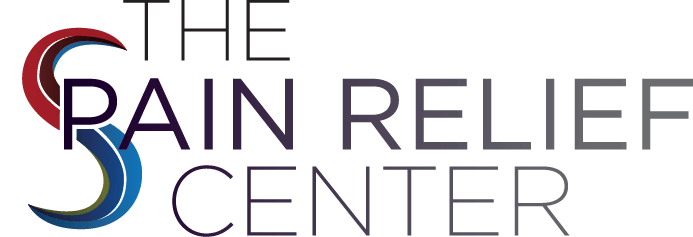RHIZOTOMY (RF THERAPY)
BACK, JOINT & SPINAL PAIN RELIEF
PLANO PAIN MANAGEMENT DOCTOR
Home » Treatments » Rhizotomy (RF)
PAIN MANAGEMENT TREATMENT OPTIONS
Plano Pain Relief Doctor
The Pain Relief Center in Plano, Texas offers Rhizotomy (RF) to combat debilitating joint pain. Call us today for more information or to schedule an appointment.
What is a Rhizotomy?
Individuals experiencing joint pain may have a condition involving degenerating facet joints that occurs when joints rub together and pinch nerve roots. A rhizotomy is a procedure that is designed to block pain signals from the pinched nerve to the brain by deadening nerves around the spinal cord. A rhizotomy can also be referred to as a radiofrequency (RF) rhizotomy, pulsed RF rhizotomy, RF therapy, or RF ablation. This procedure effectively relieves chronic back pain, and for spinal joint pain, it provides lasting lower back pain relief. This is done by targeting and disabling the sensory nerve at the facet joint and thus disrupting a nerve’s ability to transmit pain signals to the brain.
A few causes of the type of pain a rhizotomy can alleviate are:
Spondylosis (spinal osteoarthritis): A joint disease that can become disabling, and affect any level of the spine, neck, mid back, lower back, or the spine. It tends to develop in adults as they age.
Degenerative disc disease: DDD is common in adults 50 years of age or older, and is not actually a disease, but rather a condition that develops as we age. Aging can change disc strength, resiliency, and structural integrity, and makes way for DDD to occur.
Spinal stenosis: Abnormal narrowing that can occur in a blood vessel or other tube-like structures in the body is the cause of spinal stenosis. The two tube-like structures in the spine are the neuroforamen (naturally created pathways at the left and right sides between two vertebrae) and the spinal canal (which contains the spinal cord, and is composed of several nerve fibers that hold and protect the spinal cord) and are the sites where spinal stenosis can occur (neck and lower back).
How is it done?
The procedure begins with the physician administering full anesthesia to the patient. A local anesthetic is injected to numb the procedure site. Then, the rhizotomy occurs through the insertion of a needle tipped with an electrode from the back and into joint, gradually heating up nerves. This electrified hot probe is inserted at the sensory nerve just outside the joint to disable the nerve and prevent pain signals from reaching the brain. Heating nerves to a high temperature deaden them by blocking the nerves from sending pain signals to the brains. The nature of the procedure means that when effective a patient may experience substantial pain relief within hours of the completion of the procedure.
What should I expect?
A rhizotomy is typically reserved for a patient that has exhausted other more conservative procedures to eliminate chronic back pain. Although the procedure is slightly invasive it is rather quick lasting only between 30 minutes and an hour. Once the probe is in place, a mild electrical current stimulates the nerve and confirms its exact location, and a slight bit of pressure or tingling may occur.
Once the procedure is completed, the needle is removed and the injection site is bandaged. Patients that respond well to the treatment typically begin seeing substantial results within a few hours of the procedure with effects lasting up to six months.
TAKE ACTION
The most critical step on the path to recovery is finding a pain management doctor who can address your pain management needs successfully. The Pain Relief Center and its five specialized institutes are dedicated to meeting any and all of a patient’s needs. Located in the Dallas-Fort Worth area, Dr. Rodriguez and his friendly staff will help you along the path to recovery.
Our new center in Dallas is part of a nationwide development by Pain Relief Centers, geared to providing individualized and comprehensive healing and pain management services with unprecedented levels of compassion, care, and comfort for each patient.

